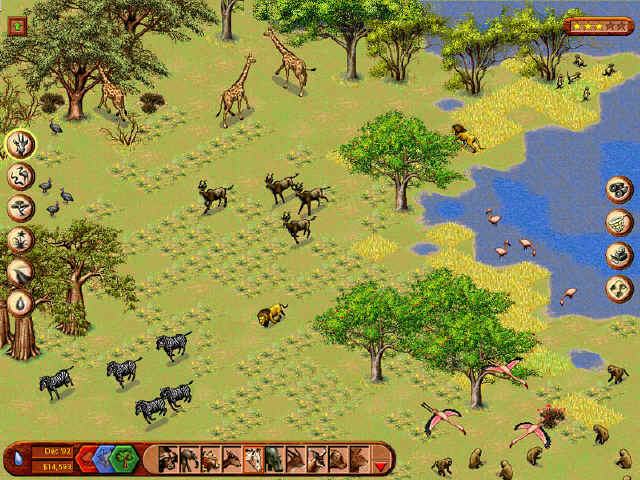OCTOPSST
Octopsst is an upper body wearable, connected with two live clip-on mics and noise cancelling headphones. Our aim is to re-imagine the sense of hearing of underwater creatures, and provide an experience where the user relies only on one of their five senses.
By Joan & Tiffany
Ideation
1. Octopus suit – suction cups
One of our ideas was to build an octopus suit out of fabric and cardboard structures, and sew rows of suction cups (those found on bathroom wall hooks) onto the arms and legs, much like those found on octopus’ tentacles. The user is to go through the unique experience of navigating around small spaces while wearing the suit. The suction cups may be a hinder by causing the user to get stuck, or perhaps provide better grip for them in certain situations.
2. Octopus headgear – sense of hearing
Inspired by underwater soundscapes, our next idea was to incorporate the sense of hearing into our octopus suit/headgear. We did some research on the 5 senses of octopuses, and discovered that they have heightened senses. The can sense light with they skin, polarized vision, highly sensitive feelers on their tentacles, and are able to taste and smell with their arms.
We were curious about the kind of sounds they possibly hear underwater and decided to re-imagine their sense of hearing.
Process
Materials used: Cardboard, duct tape, glue gun, 2 clip-on mics, 1 headset, 1 audio splitter, android phone
For the head structure, we built a 3D nonagon (9-sided polygon, octopuses have 9 brains haha) with open flaps at the bottom to connect to the tentacles. We also made a cardboard pouch at the front for the user to place their phones, which is connected to the mics and headset.
We cut long strips of cardboard with tapered ends, and rolled them up into tubes for the tentacles. For the arms, we also build two handles inside the tubes for better grip for the user.
So why do our structure have 6 arms only? We discovered that…
Therefore…
The Experience
While inside the suit, the user puts on the headphones and is unable to see. Surrounding sounds are slightly dulled, muffled and distant sounding, isolating the user within his/her own space. The head space is quite large, allow more privacy and space to breathe within the headgear, despite it being a little stuffy. The user can navigate around using their two tentacle arms, and the sounds of objects that their arms come in contact with.




























